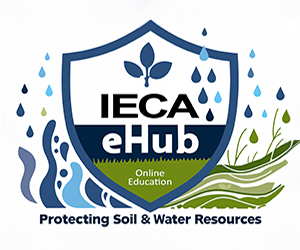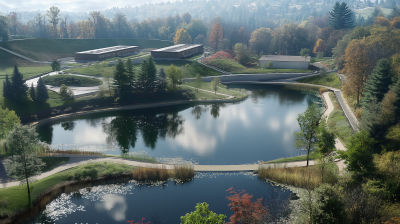
Exploring Sediment Control During Inclement Weather Events
Recorded On: 2021/08/26
-
Register
- Non member - Free!
- Professional member - Free!
- Professional Plus member - Free!
- Professional Plus Org member - Free!
- Student member - Free!
- Young Professional member - Free!
- Emeritus member - Free!
- Discounted Professional member - Free!
- Australia Member - Free!
- Australia Non-Member - Free!
- Australasia Professional Plus - Free!
Exploring Sediment Control During Inclement Weather Events

Presented by: Dwayne Stenlund, M.Sc.
Level: Begninner | Intermediate | Advanced
Duration: 1 hour
Type of Course: On-Demand
In this on-demand webinar, presented by Storm Water Solutions and the International Erosion Control Association (IECA), participants will gain an understanding of how different modes of sediment control affect the discharge commitments and role of related weather impacts. Additionally, recognize how sediment control BMPs may fail to deliver permit requirements unless upgraded and amended as the work changes, and finally, integrate staged sediment control based on function into the work.
Sediment control BMPs that are inundated or overwhelmed by flood waters are no longer functional. Assuming the contactor has demobilized pollutant generating activities out of the expected floodplain, maintaining functional sediment control means mobilizing sediment control BMPs above the rising waters to new land/water boundary where exposed soil remains. The diagram illustrates what this might look like, and for potential changes in flood elevations. Note while flotation containment booms are necessary for short-term work in water and recoverable pollutants, they are not considered sediment perimeter control as this assumes the receiving water is the sediment trap. Most flotation containment booms are removed prior to the flooding due to performance limits to retain in-place during high river flow and damaging floating debris events.
Course Reviewed: June 2024

Dwayne L. Stenlund, M.Sc.,
Minnesota Dept of Transportation
Dwayne is a certified professional in erosion and sediment control. He has worked in this capacity for the Minnesota Department of Transportation for more than 24 years and is involved with design, construction and maintenance using old and new ecologically and sustainable based technologies to solve difficult soil and storm water quality problems. He has presented extensively over the United States on storm water management techniques, and yearly at the International Erosion Control Association Conference. He has a Master’s Degree from the University of Minnesota in plant biology and extensive work environmental constructability of road and bridge projects
This webinar is worth One (1) Professional Development Hour.



